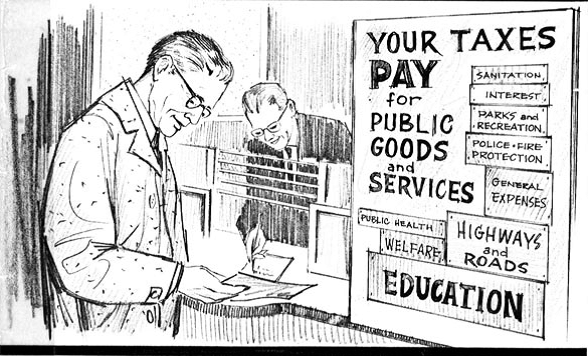On December 8th, we posted a column “What excess tax levy capacity” after Nick Kotsopoulos wrote a great column the prior Sunday in the Telegram sounding the warning. The basis of our column then was do you remember the days when you use to hear how we keep the taxes beneath the maximum possible and that we have an excess tax levy capacity of $10 million dollars?
#Worcpoli: #Worcester on a collision course to hit Prop 2 1/2 ceiling. https://t.co/IInbj0eqHZ via @telegramdotcom #taxes
— Nick Kotsopoulos (@NCKotsopoulos) November 15, 2015
Here is a quote from Nick K column in December:
Worcester does not tax to the max, however; it plans on raising $274.86 million in taxes this year. But what about the $10 million in excess tax-levy capacity that city councilors often like to boast about because the city does not tax to the max? Well, that $10 million in untapped tax-levy capacity is now down to about $6 million even though the city never spent a penny of it. Now that Worcester’s single tax rate is $24.46, it means the City Council could only raise an additional $6 million more in property taxes if it wanted to before hitting the $25 single tax rate limit. As for the other $4 million, it could not be used unless voters agreed to override that tax cap.
Now we only have $6 million, but consider that this was based on property values as of January 1, 2015 and since then:
- Properties like the office buildings on Plantation Street by UMASS have been taken off the tax rolls.
- Many bigger older commercial buildings taxed commercially are being converted to residential.
- Other commercial building that were being taxed commercially are being taken off the tax rolls since for profits can not afford to buy the building when they add in their property taxes to their annual expenses.
- Values have not appreciated since then
- Properties continue to fall off the tax rolls every day (Krock house on Salisbury Strret)
Our bet then, and now, is that next year the the $10 million excess tax levy, that is now $6 million, will be gone completely based on property values as of January 1, 2016. Evidently this is starting to sink in with the City Council as evidenced by Nick K again in his column today:
• Tax-levy ceiling
City Auditor Robert V. Stearns set the record straight Tuesday night as to what Worcester’s excess tax-levy capacity is. For many years, the city had been taxing $10 million under what it could assess in property taxes by law. That excess tax-levy capacity was considered a badge of honor by many city councilors. But Mr. Stearns told the City Council that the excess tax-levy capacity actually shrank to about $6 million this fiscal year, and it’s not because the city has assessed $4 million more in taxes.
Instead, it was caused by the combination of stagnant residential property values, decreasing commercial-industrial property values, and an increase in government spending.
As a result, Worcester’s single tax rate for this year is $24.46, which means it is getting close to hitting the tax-levy ceiling, which is a single tax rate of $25. Mr. Stearns noted that the property valuations used for this year’s budget were as of Jan. 1, 2015, which is more than a year ago.
He said the city’s excess tax-levy capacity could reverse course and increase, or decrease even more, depending on the new property valuations as of Jan. 1, and the outcome of the fiscal 2017 municipal budget. Councilor-at-Large Konstantina B. Lukes asked the auditor to clarify where things stood, because in recent weeks, some city councilors had still been boasting about Worcester’s $10 million excess tax-levy capacity.
That is no longer the case, at least for now.
Why is this important? The City Council may actually have to make cuts in the budget when the max tax levy becomes less then the budget. In other words, they will not just be able to meet and figure out how to split the budget between residential and commercial tax-payers. Great job Nick K!!!
Link to council meeting video, start watching at 31 minutes.



